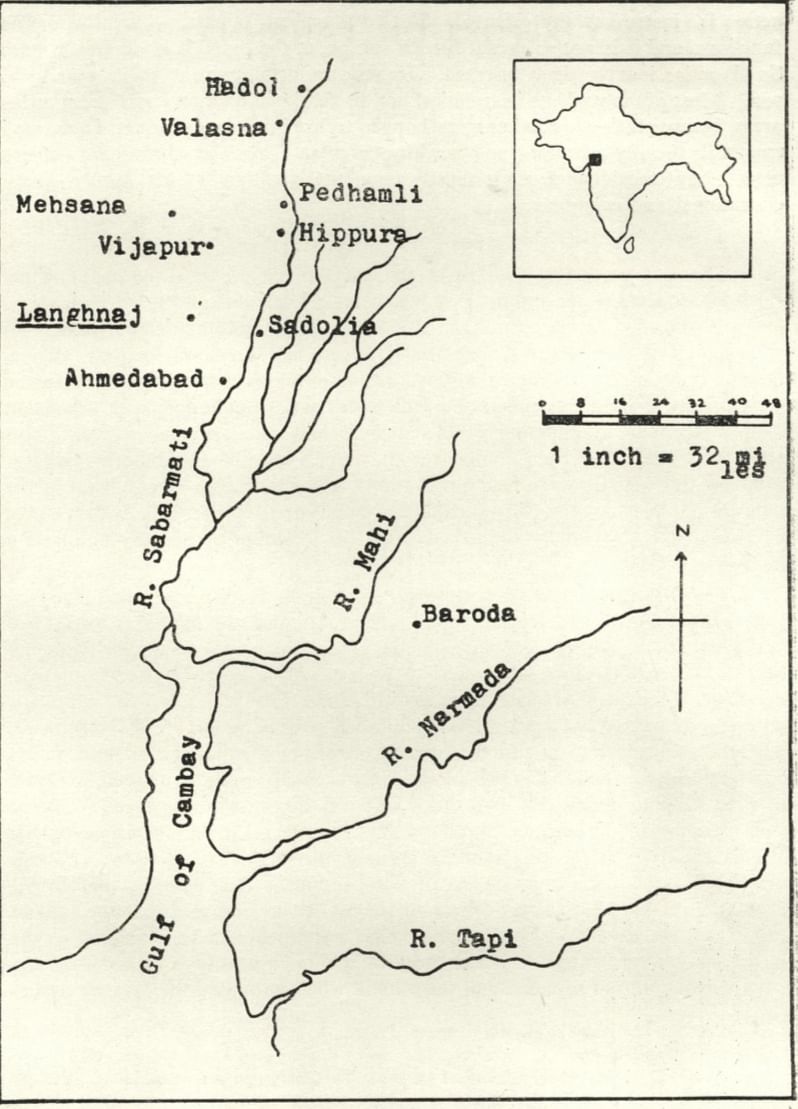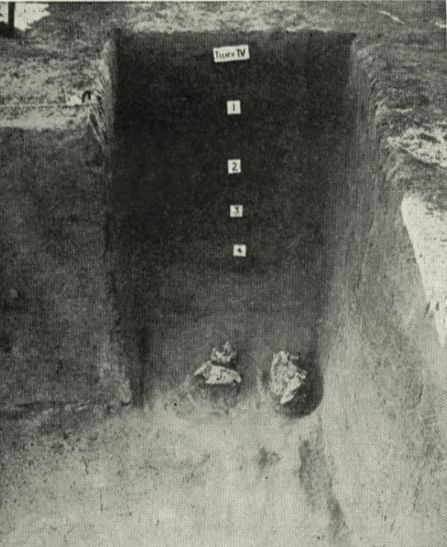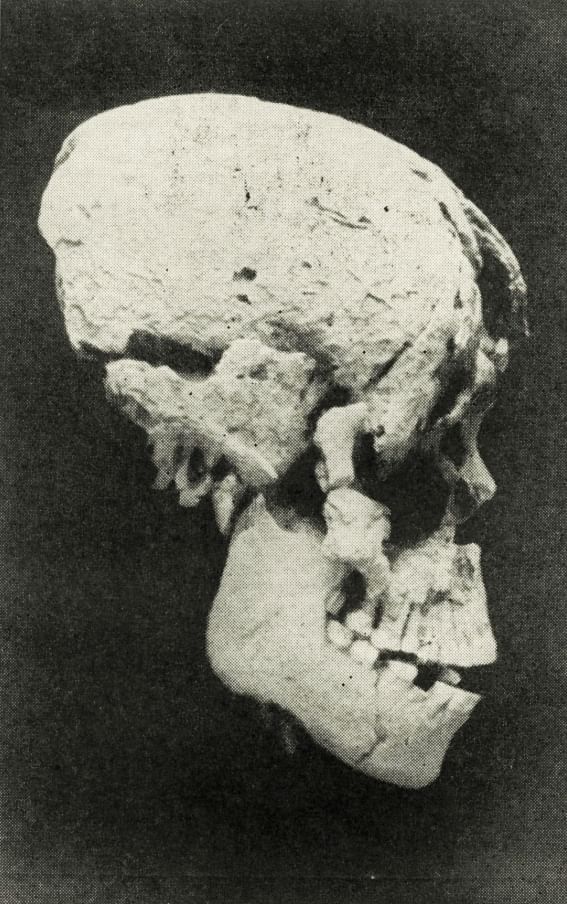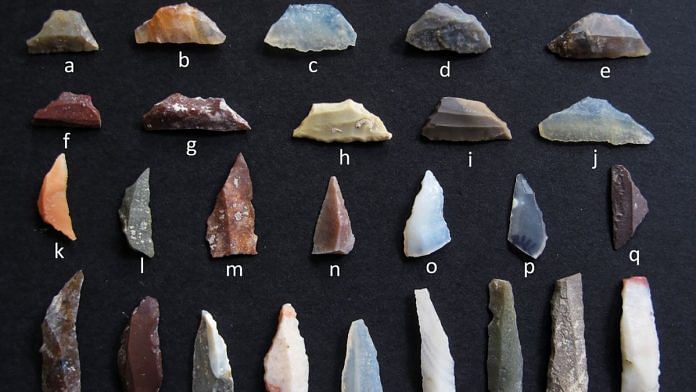During his survey of western India, specifically Gujarat, in 1893, British geologist Robert Bruce Foote, also known as ‘the father of Indian prehistory’, found stone artefacts that had never been previously documented. They pointed toward prehistoric settlements in the region. Archaeologists only decided to investigate his findings five decades later to understand their context in Indian archaeology.
HD Sankalia, a pioneering Indian archaeologist, along with his colleagues from 1941 to 1949, and archaeologist B. Subbarao (1952 to 1954) led multiple expeditions in Gujarat that carried forward Foote’s work. Many prehistoric settlements across the landscape were mapped and documented, and Langhnaj stood out in north Gujarat.
Contrary to the traditional linearity established in archaeology, where Mesolithic (microlithic using culture) would always predate the early food-producing settlements—the Neolithic and the Bronze Age—archaeologists discovered that at Langhnaj, microlithic-using hunter-gatherers coexisted with agro-pastoralists, early farmers, and Harappan settlements. For the first time, it was highlighted that the hunter-gatherers and early food producers shared space and timelines, instead of following the linearity of cultures.

Mesolithic Age
Prehistory is usually divided into three ages—Palaeolithic (the Old Stone Age) followed by Mesolithic (the period of transition between the Old and New Stone age) and then the Neolithic (the New Stone Age, marked by the domestication of plants and animals). Traditionally, these ages follow each other in a linear fashion.
However, that is just the textbook version. When you dig deeper (quite literally) in different micro-ecologies, and into nooks and corners of the country, you understand that the archaeological story of the country is not linear. Yes, the Old Stone Age spanned a prolonged period of time and lays the foundation for cultures to evolve, but what followed had a more regional/indigenous touch to it. For instance, Mesolithic, which is also spread widely, had different origins in different regions, as is the case with Neolithic.
Just like at the Burzahom archaeological site in the Kashmir Valley, where the Neolithic period coexisted with the Harappan cities, at Langhnaj too, the Mesolithic age saw the presence of indigenous early farmers and Harappans.
Also read: How Gujarat spread Buddhism—Devnimori dig gives us a mahastupa, inscribed casket, coins
Langhnaj’s hunter-gatherers
Located on the banks of the Sabarmati River in Gujarat’s Mehsana district, the archaeological site of Langhnaj has yielded microliths. As the name suggests, microliths are small or micro stone tools usually synonymous with the Mesolithic period. Sherds of pottery, innumerable animal bones and seven human burials were also excavated. Interestingly, during initial exploration by Sankalia, it was found that the site was on top of a dormant sand dune.

During the Upper Pleistocene, extensive wind action left a vast area of fossils and sand dunes. Eventually, with wetter conditions making the area habitable, some previously formed depressions turned into ponds. “The makers of the microliths sat on the sand hill, much as was the case in so many microlithic sites all over the world,” German geological archaeologist Frederik Zeuner wrote.
This gave the hunter-gatherers a hospitable environment with a water resource, which would have eventually attracted prey to the area, making hunting more conducive.
Heavy tools are conspicuously missing from the assemblage at the site, but the substantial presence of crude geometric microliths gives the erstwhile tool industry at Langhnaj a distinct characteristic. In all probability, pebbles were collected from the Sabarmati River, some miles away, and transported to Langhnaj. The only raw materials available at the site were grey, pink, and brown cherts and jaspers, and vein quartz. According to Subbarao, 87 per cent of microliths lay below the buried soil. Artefacts such as lunates, end scrapers, core-scrapers and few asymmetrical points (noted by Zeuner) are part of the tool assemblage at Langhnaj.
The site has also revealed a large number of animal bones, which were studied by Zeuner and J. Clutton-Brock. According to Zeuner, ‘the game animals are conspicuous’ in the faunal assemblage at the site. Indian rhinoceros, hog deer, buffalo (probably wild), antelope, blackbuck and remains of dog-like animals were also found.
The evidence of Indian rhinoceros is a remarkable find. Fragments of the animal’s shoulder blade found during excavation certainly belong to the pre-pottery phase. Left shoulder blade was about 43cm long. Cut marks on the blade are mostly radial, with a few passing through the centre. This resulted from the repeated action of sharp cutting edges. The longest cut is 12mm. According to Sankalia, the repeated marks and the mature nature of pits and cuts on the bone suggest that the bone itself was used as an anvil for manufacturing microliths. The stone core is placed on the bone and the cuts are produced either by the sharp edge of the core or by the edge of the flake.
Although rhinoceros unicornis are no longer found in Western India, their remains—along with those of other extinct species—at the site suggest that perennial water was available in northern Gujarat at the time.
Along with microliths, a few ill-fired coarse pot sherds were also found, which is a unique finding in itself. Usually, pottery is associated with the food-producing period and not with Mesolithic or microliths. However, the hand-made potsherds found right from the lower levels, according to Subbarao, open the door to the unknown. This can also be considered evidence of microlith-using hunter-gatherers at Langhnaj interacting with early farming sites in the vicinity.
The evidence of seven human burials is also interesting but the remains have not been studied extensively and their context is still not reconstructed.

Also read: If Raisina Hill structures are heritage, how is National Museum building colonial?
Sustaining with Harappans
During the investigation of Langhnaj, archaeologists were faced with three major problems—identification of geological and palaeontological deposits in the sandy soils, the correlation of cultures with soils and fauna at different depths, and the absolute and relative dating of the site itself.
Archaeologists tried to reconstruct the environmental history of the region and presence of prehistoric settlements. However, the biggest issue back in the 1950s and 1960s was with the dates. In the absence of proper stratigraphy, it was difficult to understand the site’s relative date, which compensates for the lack of scientific dates.
In such a situation, archaeologists started to look at a few Harappan and early food-producing sites like Bangladesh’s Rangpur and Gujarat’s Loteshwar, where microliths were reported from the lowest levels. Period I at Loteshwar and Santali has revealed that aceramic hunter-gathers subsisted on the remains of wild water buffalos, blackbucks, chinkaras, small and large deer, nilgais, boars, and onagers. The Loteshwar Period I was primarily identified as a hunting station for blackbucks, as Santali Period I was for wild buffalo. Period II is the Chalcolithic or copper-using period when people slowly moved away from hunting-based economy towards agro-pastoralism and food production.
Interestingly, Loteshwar Period I and Santali Period I are dated to circa 7100-5600 BCE, clearly suggesting that microlithic-using hunter-gatherers communities inhabited the sand dunes of north Gujarat, making them more or less contemporary to Period I at Mehrgarh site in Balochistan, Pakistan. Not only does this place these microlith sites, including Langhnaj, in the same timeframe as Harappan settlements like Dholavira and Lothal, but it also indicates their coexistence.
Disha Ahluwalia is an archaeologist and junior research fellow at the Indian Council Of Historical Research. She tweets @ahluwaliadisha. Views are personal.
(Edited by Ratan Priya)



